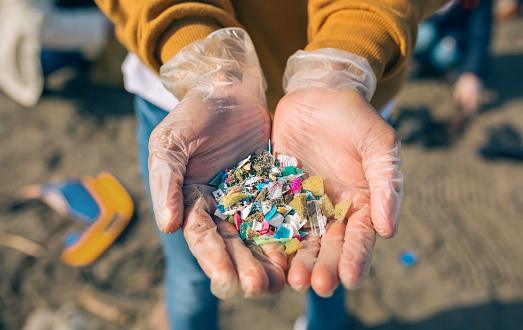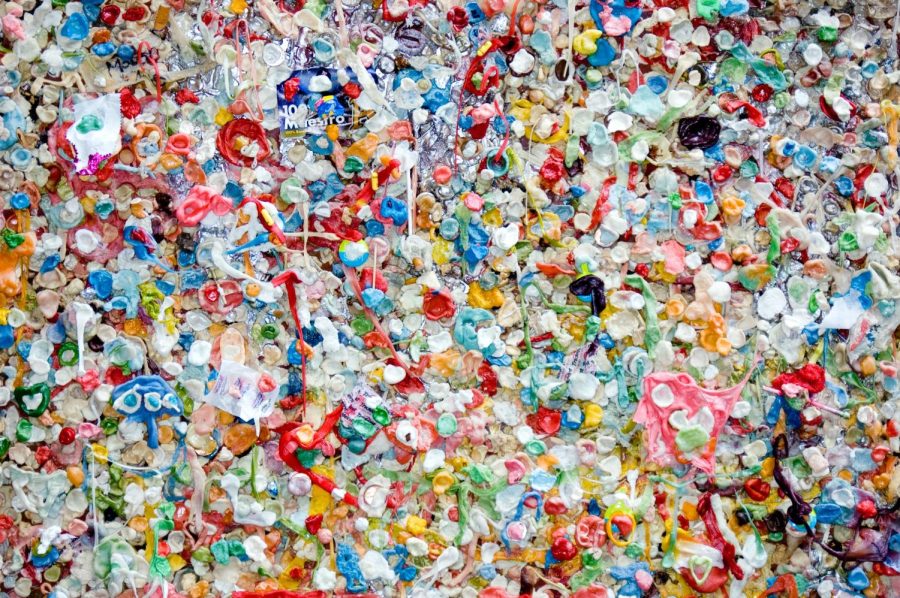The Plastic Pandemic
April 25, 2022
Everyone knows what plastic is. Plastic is everywhere. You drink from it, you dress in it, you sit on it, and eat from it. So, it’s no surprise that plastic is found in the food we eat, in the water we drink, and in the air we breathe. It also shouldn’t be surprising that it can be found at the
The plastic we consume isn’t your standard water bottle or milk jug; the plastic we eat and drink comes in the form of microscopic particles from more than just milk jugs and water bottles. These microscopic particles are fittingly named microplastics. For years it has been known that these microplastics have infiltrated our body, but they have been recently discovered in more alarming parts of our body. These microscopic pieces of plastic have been found in our lungs and our blood.
In a recent study looking for signs of microplastics in human blood, researchers confirmed what was, up until then, only theorized. The study involved a random sample group of 22 healthy volunteers looking for particles ≥700 nm (or about 140 times smaller than the width of a human hair). Of the 22, 17 were found to have traceable amounts of these particles in their blood, about 77%. The results show that four high production volume polymers applied in plastic were identified and quantified for the first time in blood. The groups of polymers included polyethylene terephthalate, polyethylene, and polymers of styrene along with polymethylmethacrylate. These plastic particles are most commonly found in acrylics, clothing fabric, food and water containers, most packaging materials, and latex. The study confirmed the hypothesis that plastic particles can spread throughout the body via the bloodstream faster than organs like your kidneys and your biliary tract can filter them out.
So, what does this all mean? No one knows for sure. More studies are necessary on the effects of these microplastics and how to prevent their accumulation of them in your body. There are many questions about where these particles go? Do they get lodged in your organs? The science is still too soon to tell.
Microplastics are all around us and there is seemingly no escape. As mentioned before, microplastics have been found on both the highest and lowest points of the earth, they end up in the soil, air, and food, and even your food may be consuming this plastic. Plastics can be found in your skincare products in the form of microbeads and active ingredients. Many skincare products include plastic products to enhance the quality of the product, but at what cost? Plastics like acrylics can be found in almost all of the clothing products you own too. Many of these petroleum-based products can break down in the wash and be either flushed away and sent to the ocean or end up somewhere in your body. Another main way this plastic is entering your body is through plastic food and water packaging. When you heat your food in any type of plastic container, it is leaching toxic chemicals into your food and subsequently into your body.












